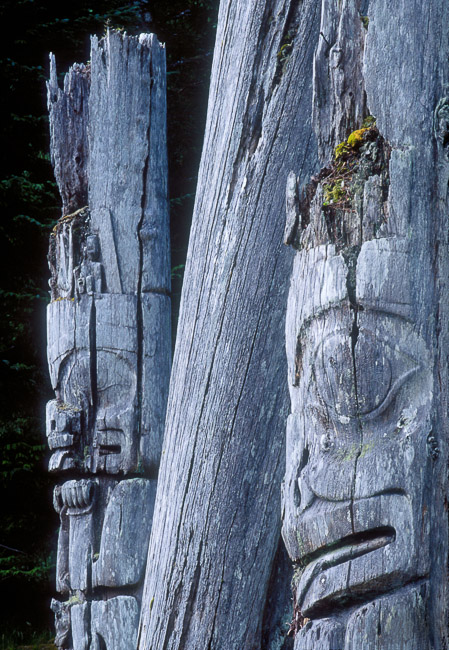
Early on, nature photographers are taught the necessity of using a tripod. The great teacher John Shaw calls the tripod a crucial, best single accessory. Pros use tripods. With a tripod you slow down, take control and become a better photographer. You can better fine tune compositions, pick and choose elements like line and shape, and spot distractions. In the low-light twilight at both ends of the day, a tripod is essential. You can’t get sharp images without one. So what’s the problem?
Tripod users often lock the camera in place atop their tripod, and keep it securely fixed there throughout the day — through lens change and filter change, through every change of scene, through every shift of position. The camera doesn’t come off until they’re back at the car or in camp. See a scenic, spread the tripod legs, shoot.
For landscape and macro photography, especially, there’s a most important thing. Whenever you arrive at a location for a shot, especially for a scene that makes you swoon, first thing, take the camera off the tripod. Yup. Off the tripod. Breathe. Then glue your eye to the viewfinder. Move up, move down, move sideways. Squat, get on your belly, climb a stepladder. Look at the subject through the viewfinder from every angle. Sit down on your butt, switch to live view, flip out and twist the LCD. Get really low. Put on the hip waders that you wisely brought along and wade into the stream for more options. Don’t ignore verticals, either.
When you think you’ve exhausted every possibility, do it all again. Mount the camera on the tripod only when you can say “Aha! This is it! This is absolutely it! This is the s**t! The bee’s knees! The Bomb! The glued eye!”. More soberly, “This best tells the story I want to tell”. If you don’t have the Aha moment, repeat again or move on; keep working the glued eye and you’ll find the shot you seek soon enough.
I’m as guilty as the next person of getting lulled by the stand-in-place, eye-level, tripod-mounted view. In moments of clarity, though, I catch myself with the invective, “Camera off tripod!” It works.
Gary
